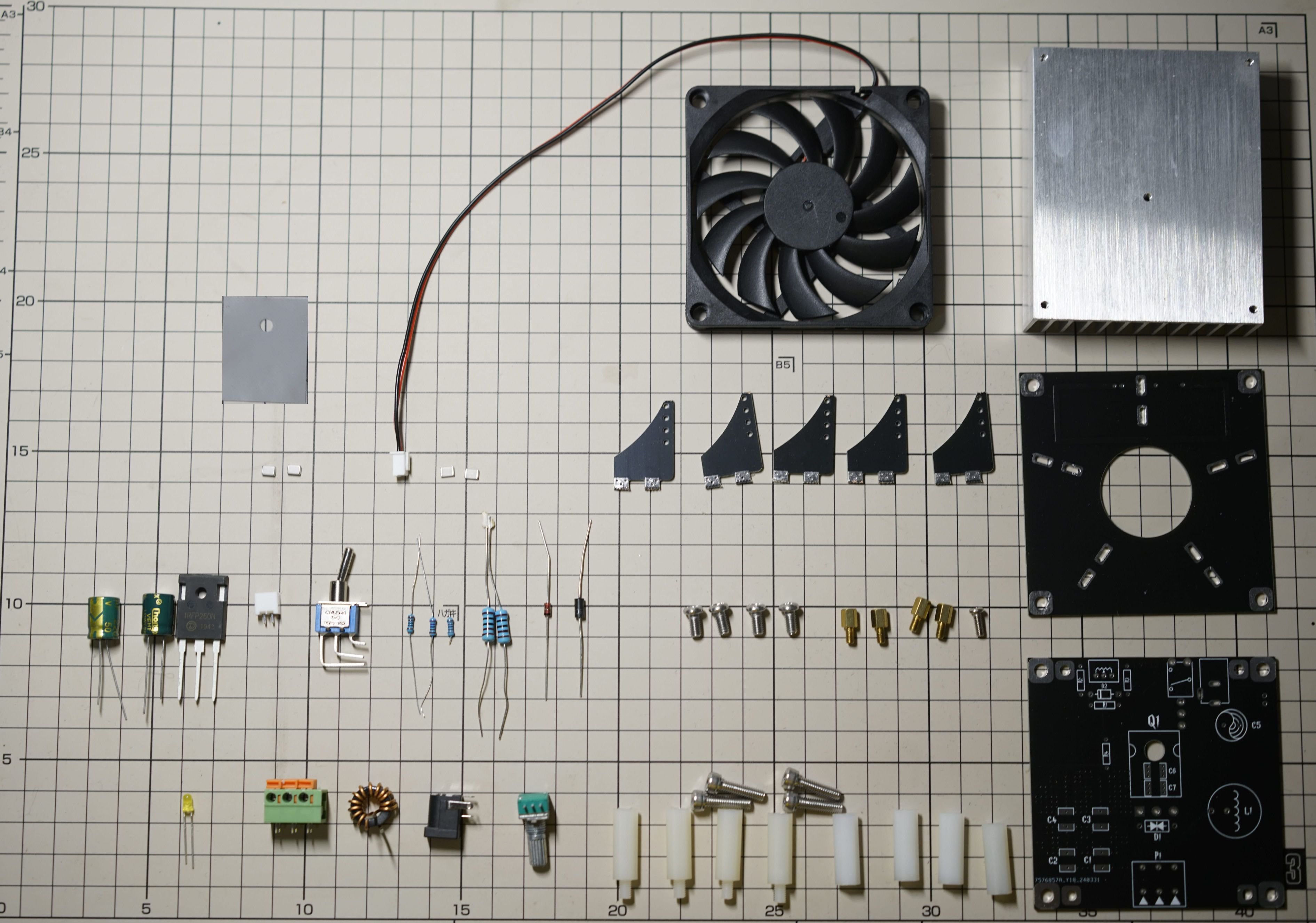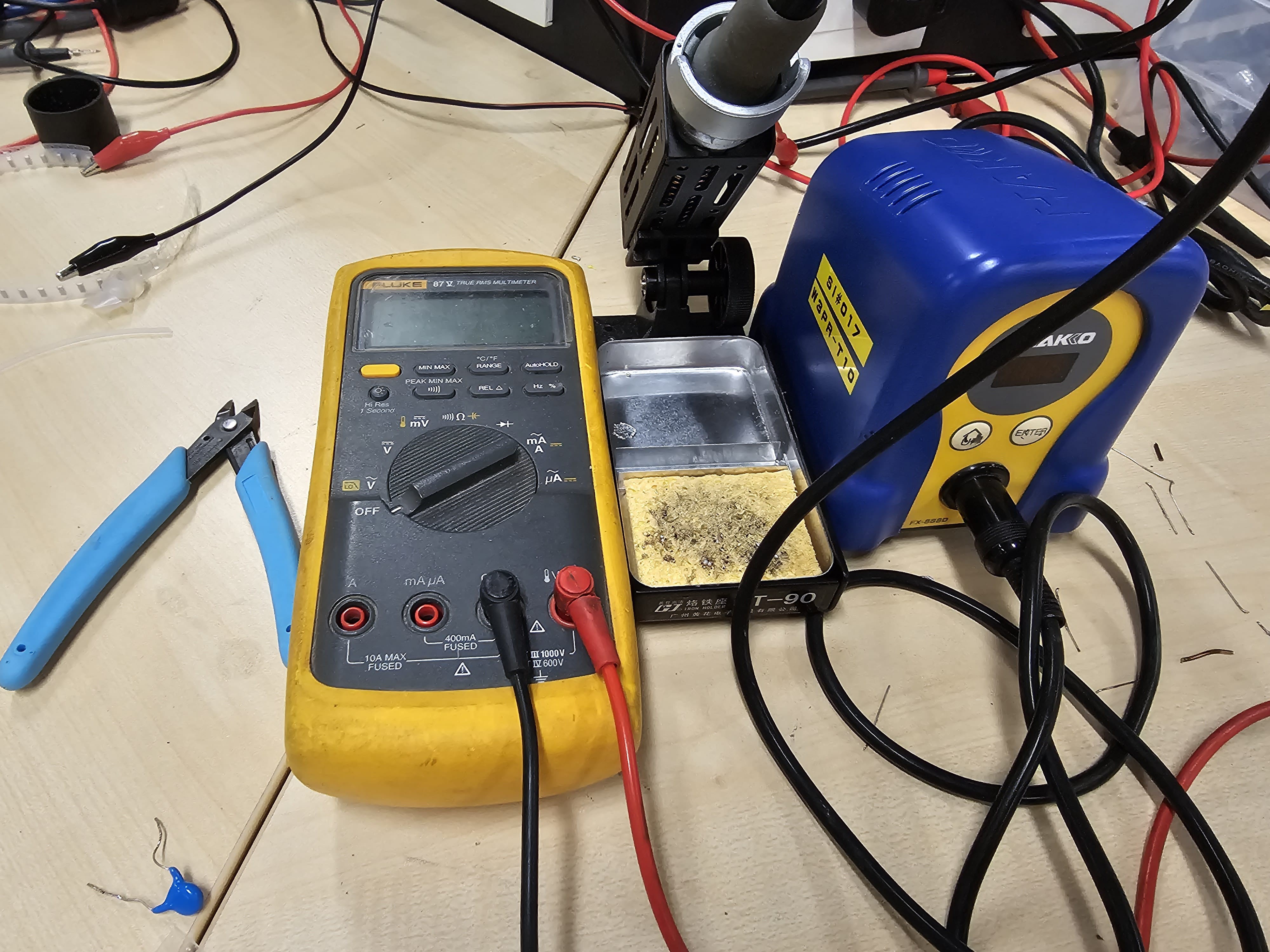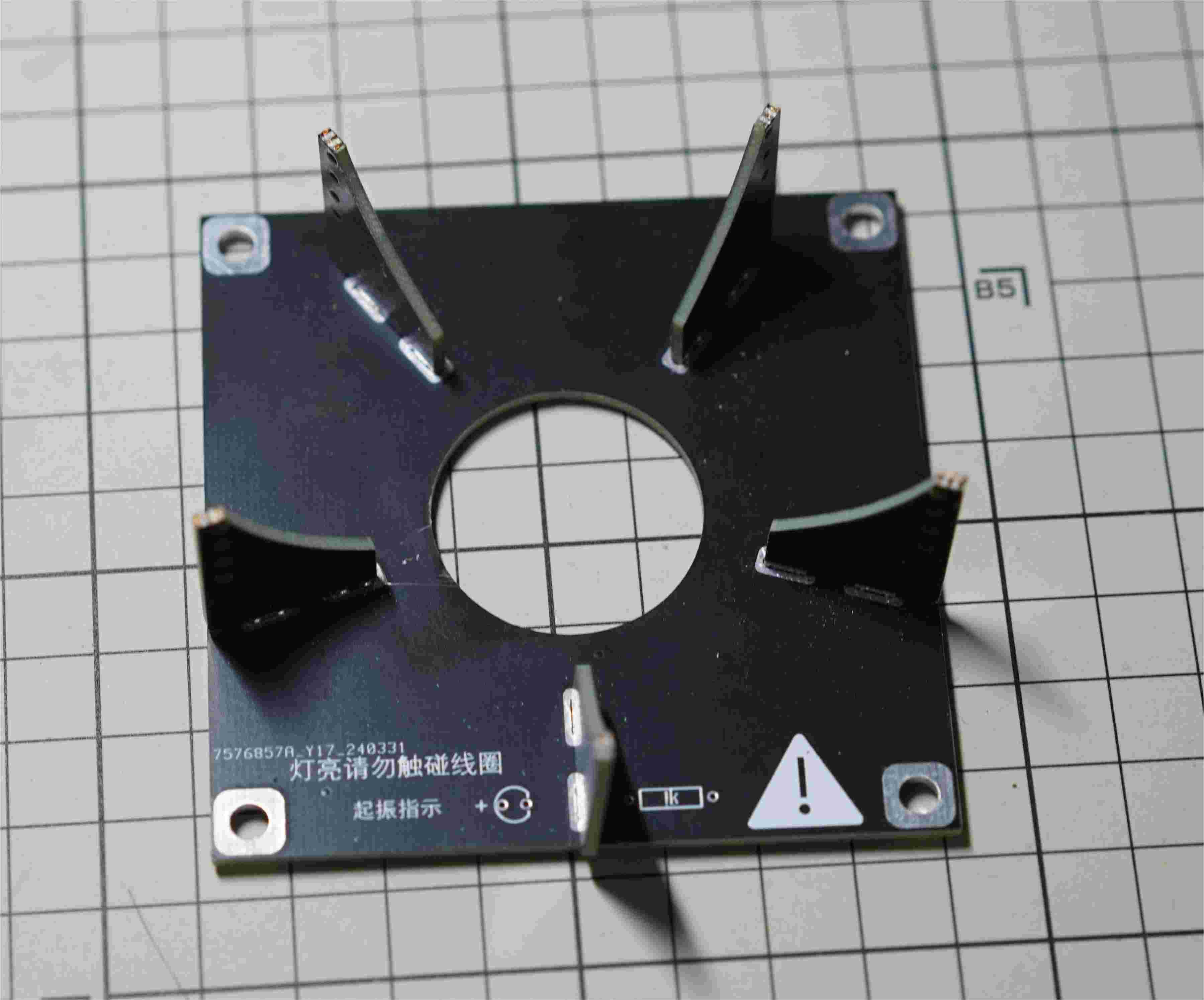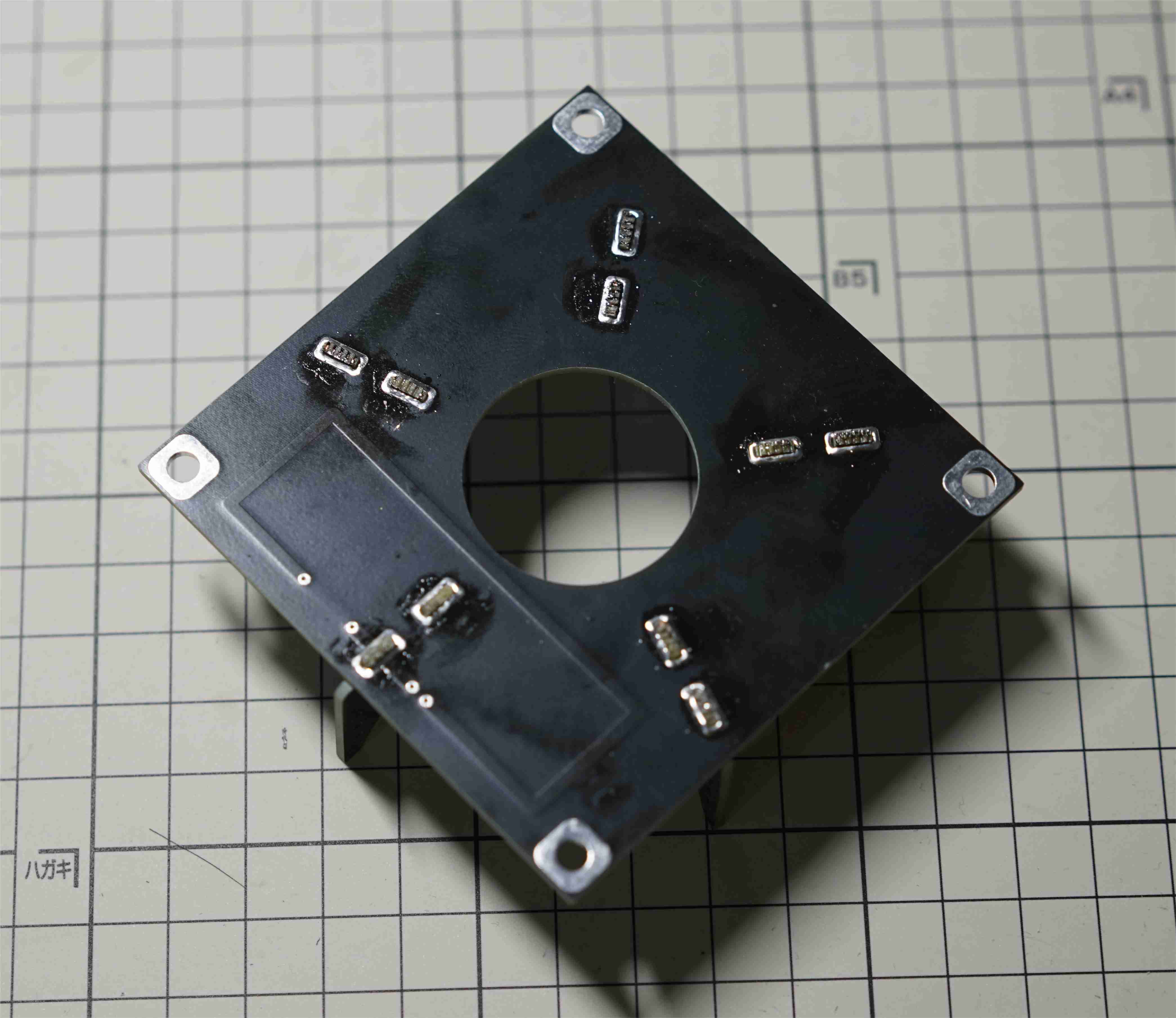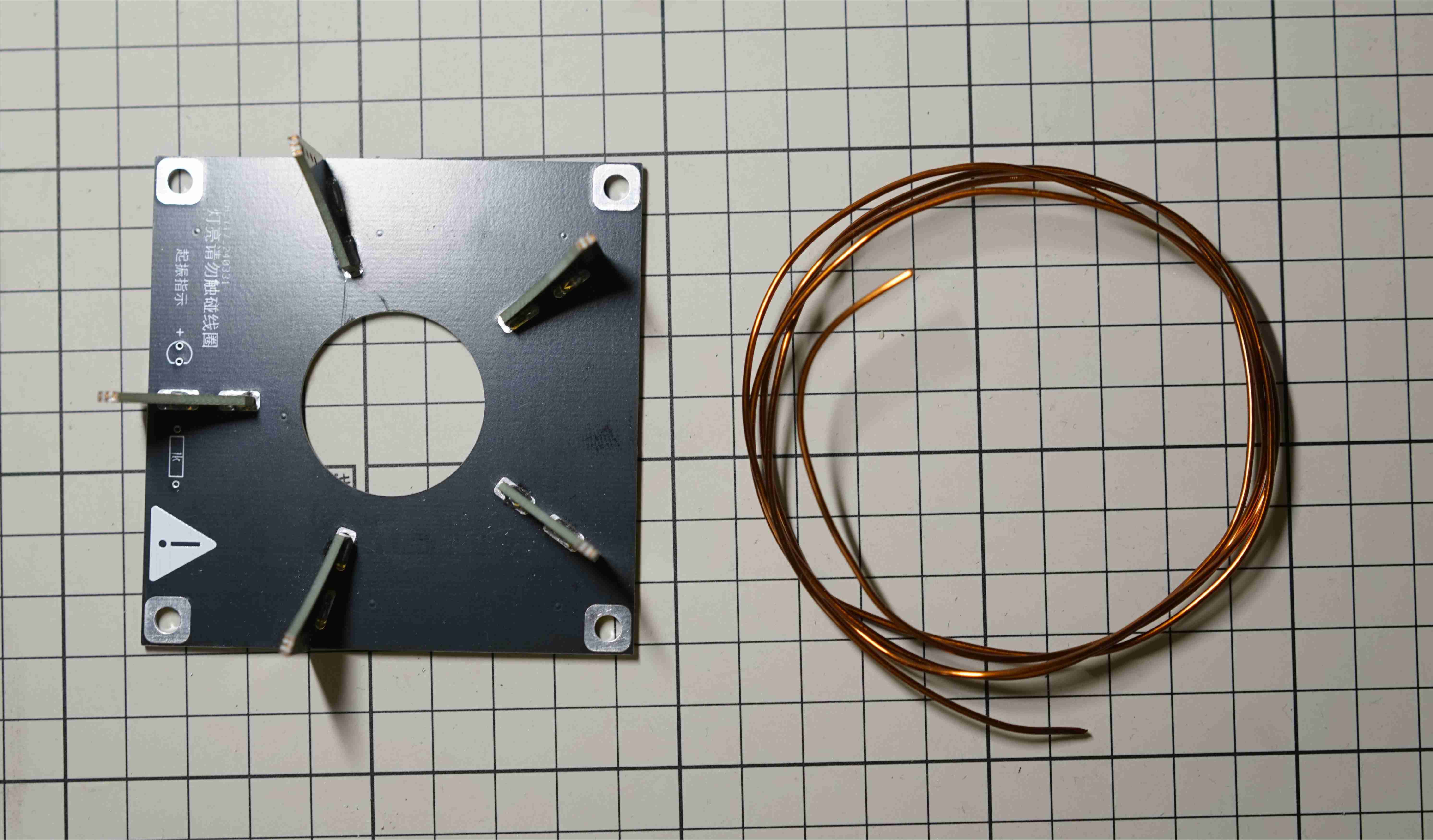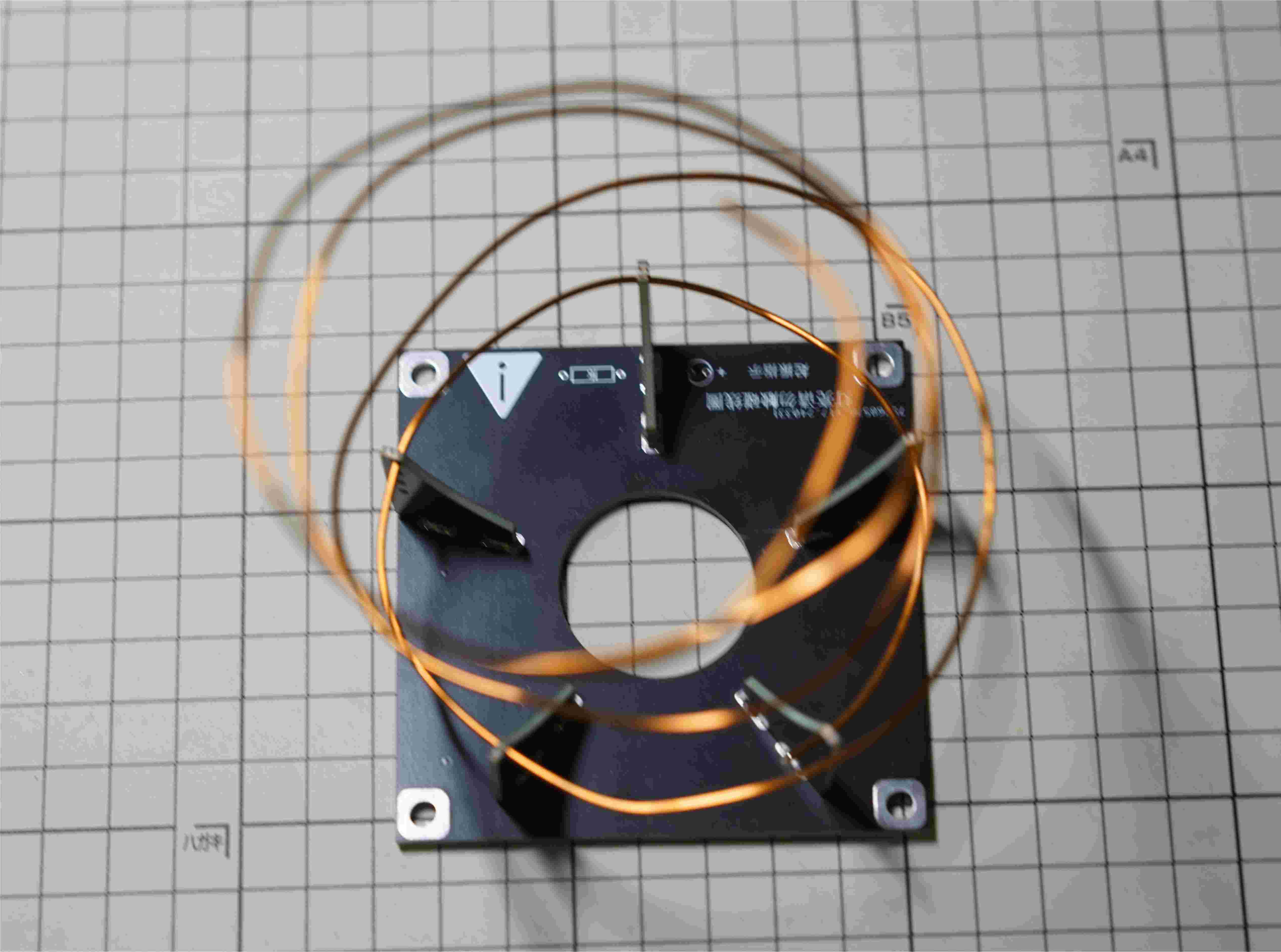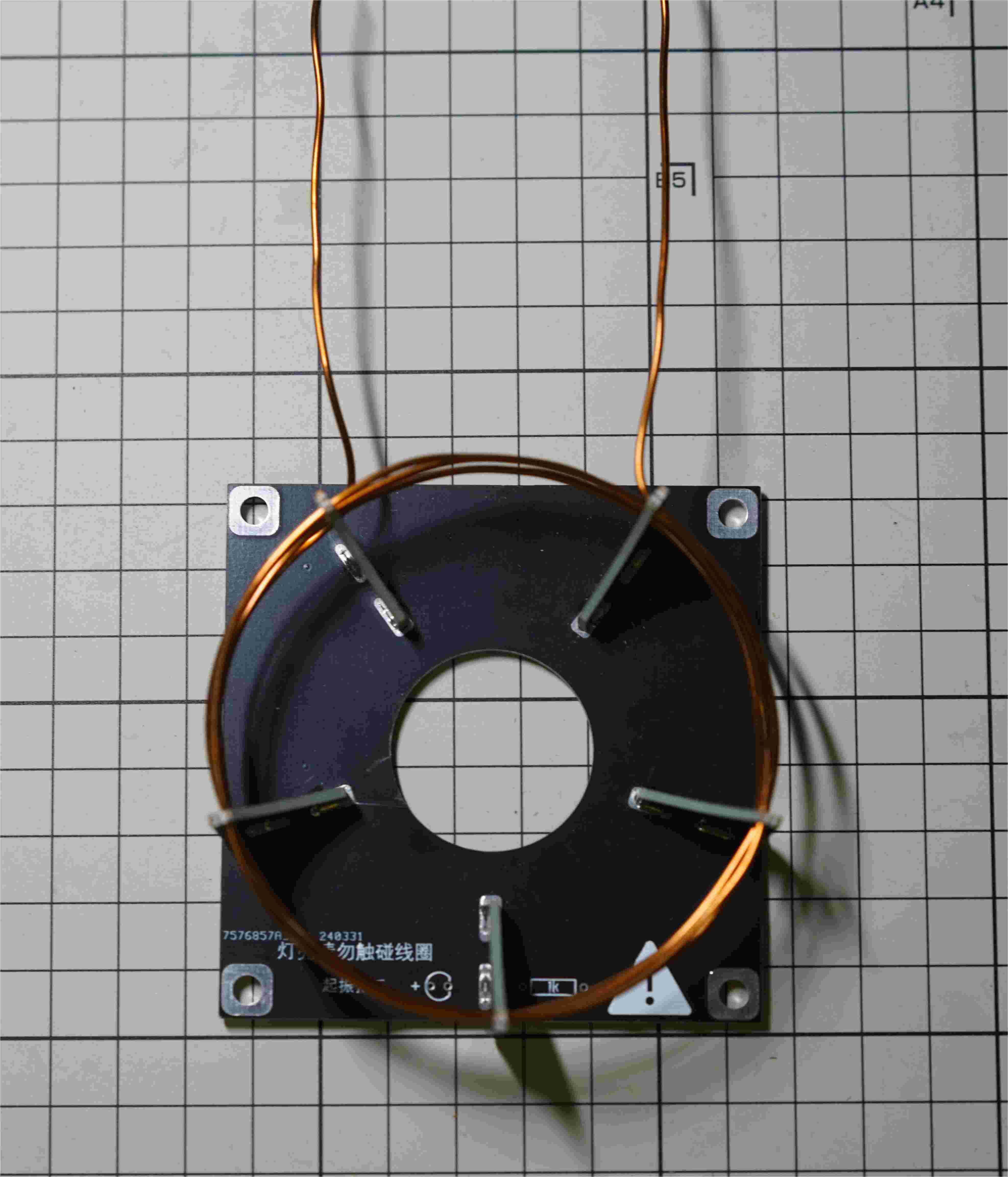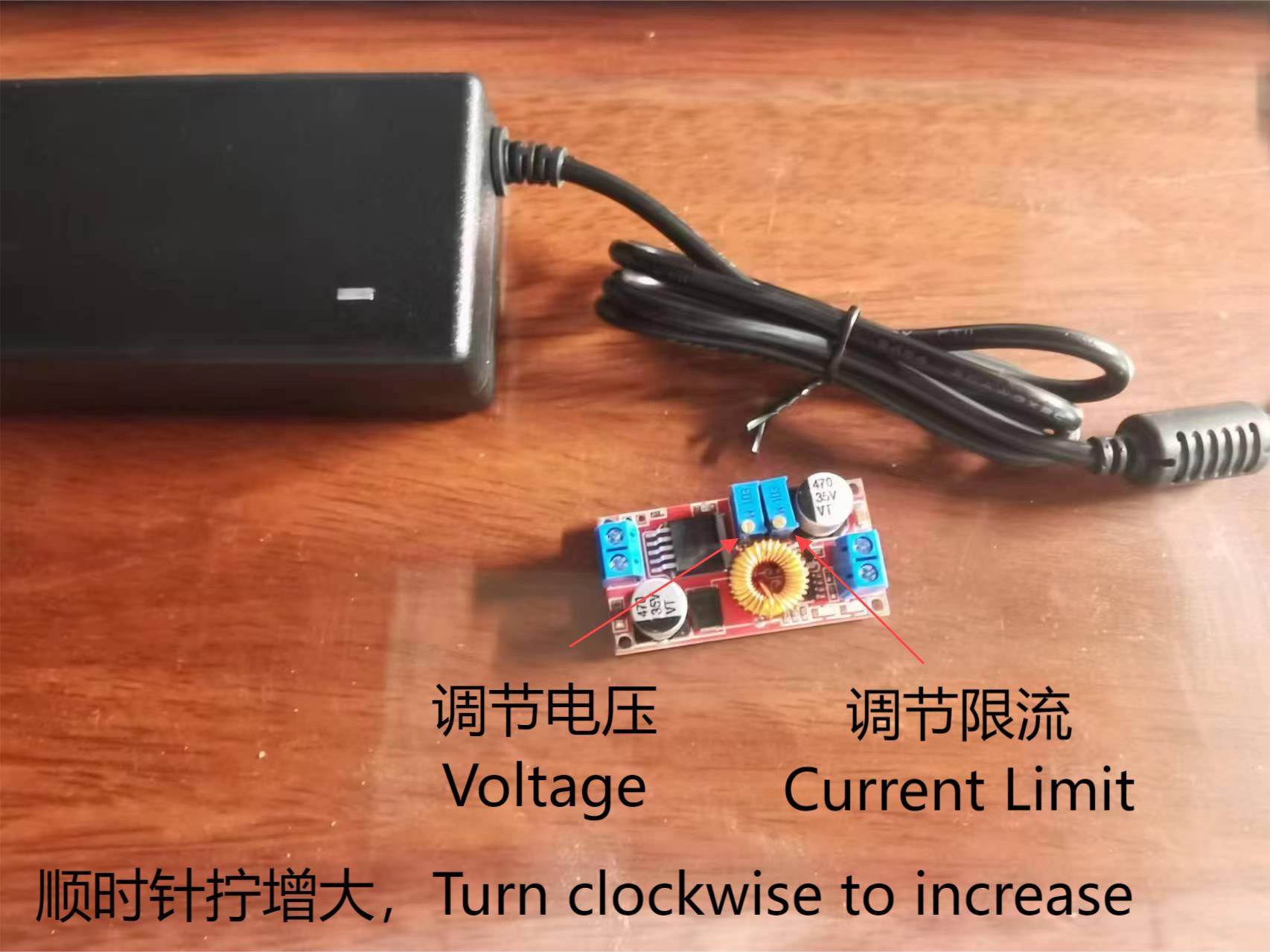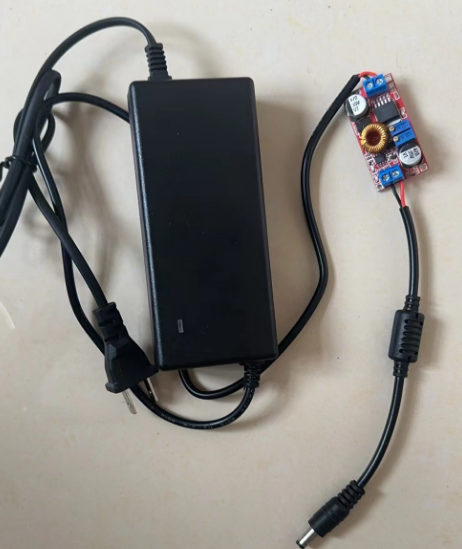## Disclaimer
Before using this document to make a plasma toroid, please carefully read the following important safety warnings and disclaimers. Using this document means that you fully understand and agree to the following terms:
- Dangers of plasma toroids: The glass bottle will generate high temperatures when the plasma toroid is running, and there is a risk of low-temperature burns. It is never recommended to directly touch the running glass bottle with your hands to avoid burns.
- Magnetic field warning: The plasma toroid will generate a strong magnetic field during operation. For people wearing pacemakers and other medical devices, strong magnetic fields may affect the normal operation of the devices. We recommend that these users stay away from working plasma toroids to avoid potential health risks.
- High voltage risk: The drive circuit of the plasma toroid will generate high voltage during operation. High voltage poses a danger of electric shock or burns. Please do not touch any components, including the primary coil, while the circuit is working to avoid electric shock or burns.
- Component temperature: Please note that some components of the circuit may become very hot during operation, which may cause burns. When the device is running, especially after running for a long time, do not touch these components.
- Electromagnetic interference: The plasma toroid will emit electromagnetic waves around 10MHz when running. This band will not harm the human body, but it may interfere with some electronic devices operating in this band, such as touchpads and card readers. Please keep these devices away from the working drive circuit.
Using this document means that you understand and agree to bear the risks of use. The author is not responsible for any direct or indirect damages caused by not following the safety guidelines.
DIY with caution, safety first!
## Analysis of the Working Principle of Plasma Toroids
- Glow discharge phenomenon: Under certain conditions, the gas will undergo glow discharge under the action of a strong electric field. In this process, the electrons of the gas molecules are stimulated and jump to higher energy level orbits. Since these electrons are unstable in the high-energy state, they will spontaneously fall back to the original low-energy orbit while releasing photons corresponding to the energy difference according to the law of conservation of energy. This phenomenon is called glow discharge and is applied to devices such as neon lights. The luminescence process of plasma toroids is similar to this.
- Properties of plasma: In addition to the common solid, liquid, and gas states, plasma is another state of matter that exists in the universe, and flames are an example that contains plasma. When the gas is affected by high temperature, collisions between molecules will cause the outer electrons to escape their orbits, forming a plasma composed of charged particles. This charged ion mixture has electrical conductivity.
- Generation of toroidal electromagnetic field: By passing a high-frequency alternating current through a toroidal coil, it can be derived from Maxwell's equations that the electric field distribution around it is toroidal. We use a self-excited Class E oscillator circuit to generate an alternating current with a frequency of about 10MHz.
- Generation process of plasma toroid: In a spherical glass bottle filled with low-pressure xenon gas, the xenon gas is ionized under the action of a strong electric field to form a plasma. These conductive xenon gas plasmas form a stable toroidal structure under the influence of an external toroidal electric field. In the plasma, collisions of charged particles produce glow discharge, which emits a pale purple light, making the plasma toroid visible.
**When using and demonstrating the plasma toroid, please ensure that you understand its working principle and corresponding safety measures to ensure the safety of users.**
 Simon Liu
Simon Liu